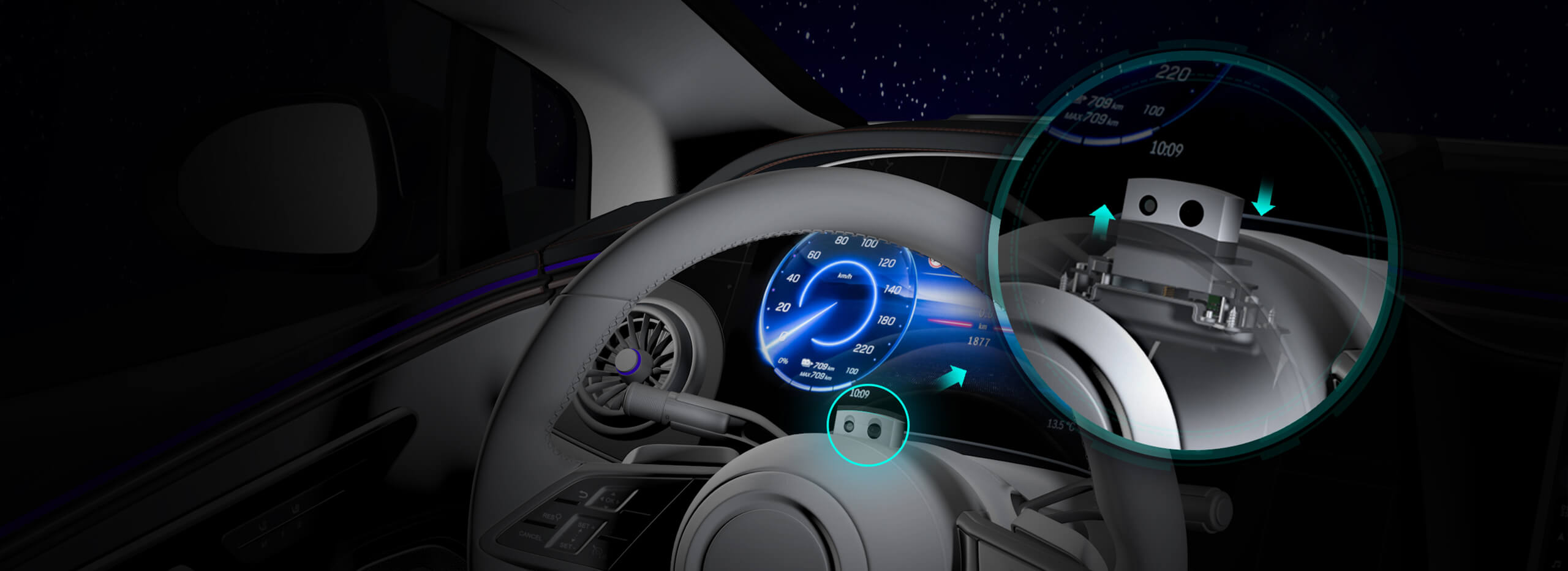Unlocking Innovation: How to Control a Servo Motor with Arduino and IR Remote
In the ever-evolving world of DIY electronics, the ability to add remote control features to a project opens up a universe of possibilities. Imagine creating a robotic arm that you can maneuver from across the room or an automated door opener that responds to a simple button press. All of these innovations share a common core: the seamless integration of Arduino microcontrollers, infrared (IR) remote controls, and servo motors.

If you’re new to Arduino or just looking to enhance your existing projects, mastering the art of controlling servo motors using IR remotes is an invaluable skill. It allows for intuitive, wireless interaction and paves the way for more sophisticated automation and robotics adventures. In this article, we will delve into the essentials of setting up an IR remote control system with Arduino — from hardware selection to coding and troubleshooting.
Understanding the Building Blocks
Before diving into code and setup, it’s helpful to understand the main components involved:
Arduino Microcontroller: The tiny brain that coordinates all activities, receives signals, and controls outputs. Infrared Remote Control and Receiver: The wireless device that transmits signals, and the receiver module that captures these signals at the Arduino end. Servo Motor: A precision motor that can be positioned at specific angles, ideal for robotic arms, steering mechanisms, and more. Connecting Wires and Power Supply: Hardware essentials to connect everything reliably and ensure stable operation.
Why Use IR Remote Control?
Infrared remote controls are widely accessible, relatively inexpensive, and simple to implement. They’re particularly suitable for projects requiring line-of-sight operation, making them perfect for indoor robotic gadgets, remote-controlled cameras, or even interactive art installations.
Compared to Bluetooth or Wi-Fi modules, IR remotes experience fewer connection issues and can be incredibly responsive when set up correctly. The challenge lies in decoding the IR signals, but that’s where Arduino’s handy libraries step in.
Setting Up Hardware
Getting started requires a few straightforward steps:
IR Receiver Module: Popular options include the TSOP38238 or TSOP4838. These modules connect to an Arduino’s digital pin and output the IR signal as a digital pulse. Servo Motor: The standard servo motor can be used, like the SG90 or MG995, connected to a PWM-capable digital pin. Power Supply: Ensure the Arduino and servo are powered adequately. High-torque or multiple servos may require external power sources. Wiring: Connect the IR receiver to digital pin 11 (for example), and the servo’s control wire to PWM pin 9, with appropriate ground and Vcc connections.
Sample Hardware Wiring:
IR Receiver Vcc to 5V IR Receiver GND to GND IR Receiver OUT to Digital Pin 11 Servo Signal Pin to Digital Pin 9 Servo Power to 5V (or external power if needed) Servo GND to GND
Now that the hardware is ready, it’s time to move onto software and coding.
Part 2 will continue with: coding the IR remote control, using popular libraries such as IRremote, defining custom button mappings, integrating servo control, and troubleshooting common issues to get your project up and running smoothly.
Established in 2005, Kpower has been dedicated to a professional compact motion unit manufacturer, headquartered in Dongguan, Guangdong Province, China.




































